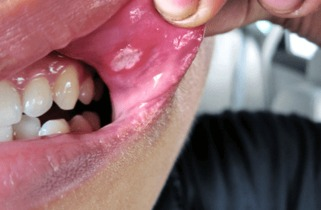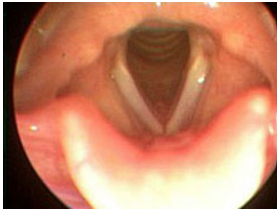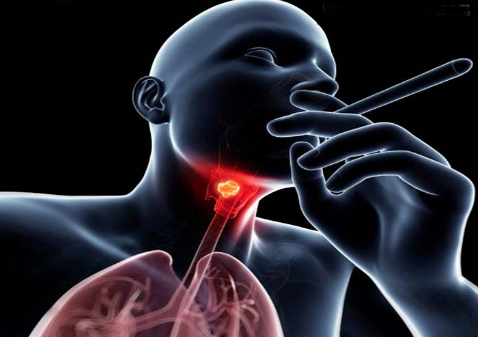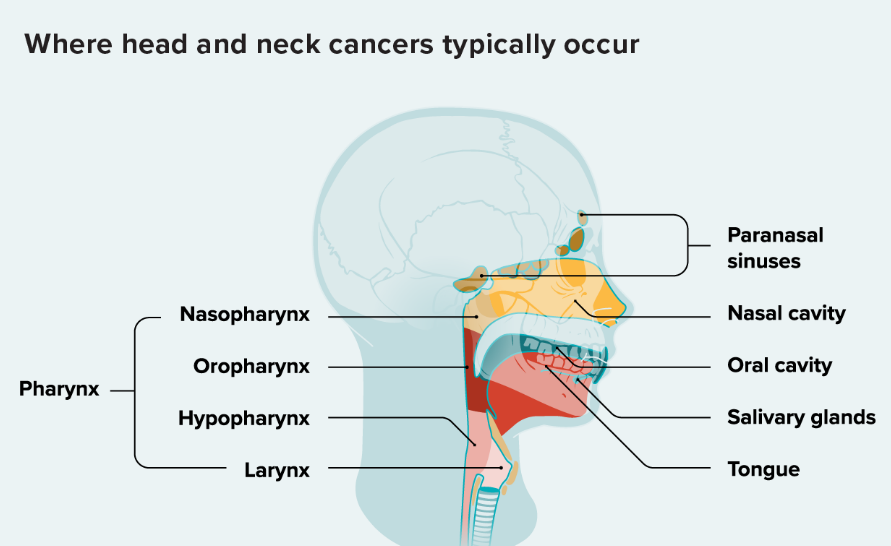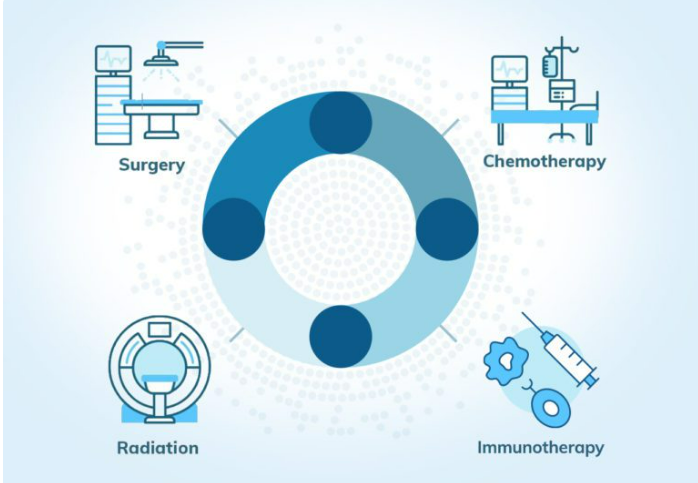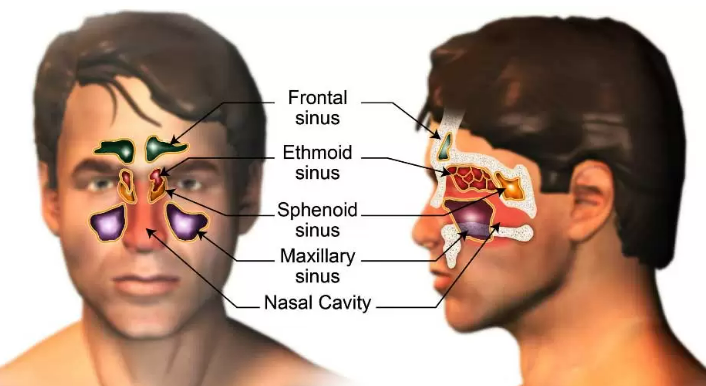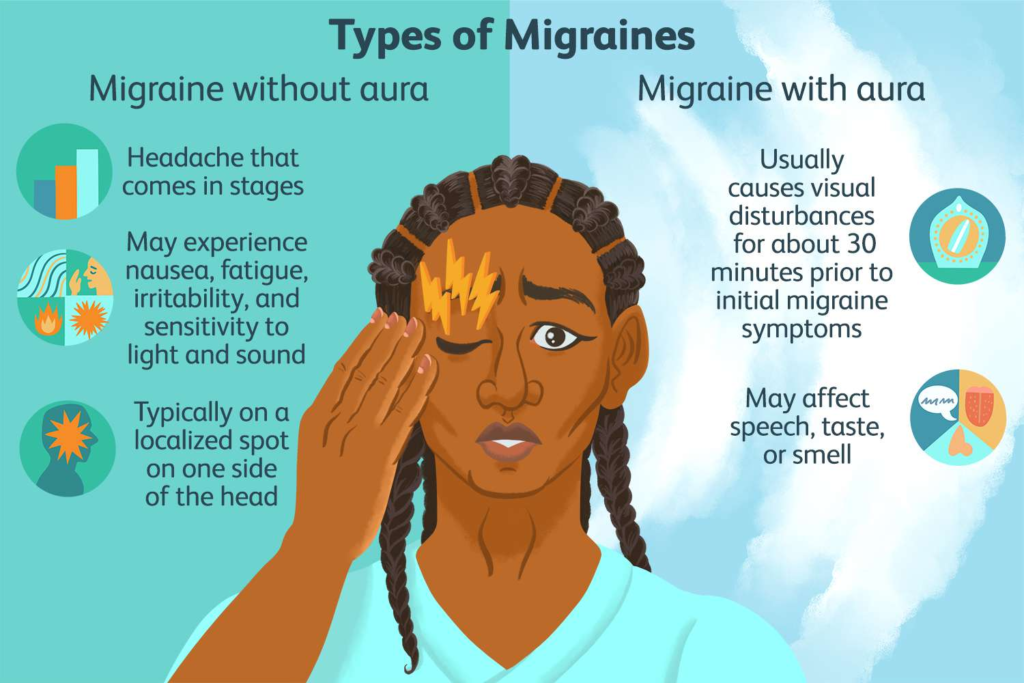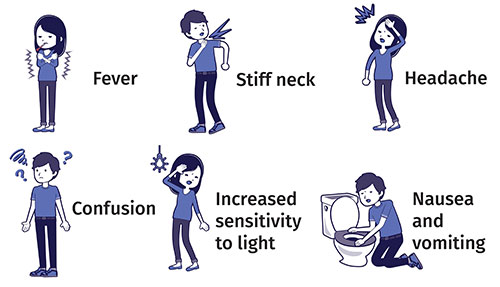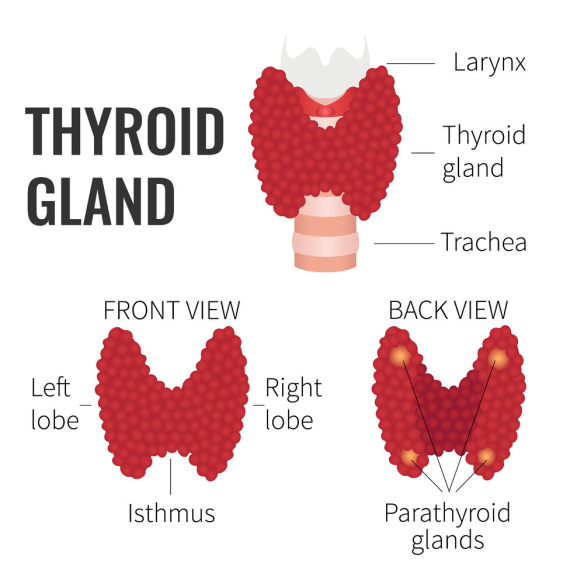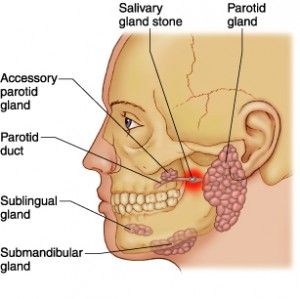.elementor-widget-image{text-align:center}.elementor-widget-image a{display:inline-block}.elementor-widget-image a img[src$=".svg"]{width:48px}.elementor-widget-image img{vertical-align:middle;display:inline-block}

.elementor-heading-title{padding:0;margin:0;line-height:1}.elementor-widget-heading .elementor-heading-title[class*=elementor-size-]>a{color:inherit;font-size:inherit;line-height:inherit}.elementor-widget-heading .elementor-heading-title.elementor-size-small{font-size:15px}.elementor-widget-heading .elementor-heading-title.elementor-size-medium{font-size:19px}.elementor-widget-heading .elementor-heading-title.elementor-size-large{font-size:29px}.elementor-widget-heading .elementor-heading-title.elementor-size-xl{font-size:39px}.elementor-widget-heading .elementor-heading-title.elementor-size-xxl{font-size:59px}
Thyroid swelling
Everybody has thyroid. The thyroid is in the lower part of the neck. It is a butterfly shaped gland, hence it has a lobe on one side and lobe on the other side. It puts out a hormone called T3 and T4. Those hormones are responsible for how we feel and how our cells work, how energetic we are, and how much moisture is present in our skin. That’s because of the thyroid gland.
If a thyroid gland is swollen, it could be due to two reasons, number one, it could be due to an overactive gland. People feel nervous, excited or irritable, always speak fast, always doing something, and also lose weight even though they are eating well, only because of the over active gland.
People may feel tired, sometimes sluggish and depressed, your skin gets dry, GI tract doesn’t work well, also in women, the menstrual cycle may become irregular, due to an underactive thyroid.
Thyroid goiter is a condition where there is an abnormal enlargement of your thyroid gland.
Goiter is one of the most common thyroid problems. When you have goiter the thyroid glands get enlarged and there will be visible swelling in the neck, Goiter has several causes such as infection, or iodine deficiency, or benign or malignant disease. Remember that a malignant disorder is extremely rare.
Important note:
Your doctor will study how much the pituitary gland is trying to control the thyroid. Your doctor will precisely know if it is underactive or overactive depending on the symptoms.
About Thyroid swelling:
A goiter is a lump or swelling at the front of the neck caused by a swollen thyroid. The thyroid is a small gland in your neck that makes hormones. Goiters are not usually serious but should be checked by your doctor.
How does a thyroid lump feel?:
Remember that most thyroid nodules don’t cause symptoms. For people who do have symptoms, they may have trouble swallowing or breathing or have a feeling of fullness, pain, or pressure in the throat or neck. Some people might notice a lump in their neck when they look in the mirror, but this is uncommon.
Note: Although some thyroid nodules (especially smaller ones or those filled with fluid) can go away on their own, they tend to gradually grow, even when they’re benign.
What are the symptoms?
Most people with goiters have no signs or symptoms other than a swelling at the base of the neck. In many cases, the goiter is small enough that it’s only discovered during a routine medical exam or an imaging test for another condition.
Remember other symptoms depend on whether thyroid function changes, how quickly the goiter grows and whether it obstructs breathing.
Underactive thyroid (hypothyroidism)
Signs and symptoms of hypothyroidism include:
▪ Fatigue
▪ Increased sensitivity to cold
▪ Increased sleepiness
▪ Dry skin
▪ Constipation
▪ Muscle weakness
▪ Problems with memory or concentration
Overactive thyroid (hyperthyroidism)
Symptoms of hyperthyroidism include:
▪ Weight loss
▪ Rapid heartbeat (tachycardia)
▪ Increased sensitivity to heat
▪ Excess sweating
▪ Irritability and nervousness
▪ Muscle weakness
▪ Frequent bowel movements
▪ Changes in menstrual patterns
▪ Sleep difficulty
▪ High blood pressure
▪ Increased appetite
Children with hyperthyroidism might also have the following:
▪ Rapid growth in height
▪ Changes in behavior
▪ Bone growth that outpaces expected growth for the child’s age
▪ Obstructive goiter
The size or position of a goiter may obstruct the airway and voice box. Signs and symptoms may include:
▪ Difficulty swallowing
▪ Difficulty breathing with exertion
▪ Cough
▪ Hoarseness
▪ Snoring
Treatment
Goiter treatment depends on the size of the goiter, your signs and symptoms, and the underlying cause. If your goiter is small and your thyroid function is healthy, your health care provider may suggest a wait-and-see approach with regular checkups.
Medications
● For increasing hormone production. An underactive thyroid is treated with a thyroid hormone replacement. The drug levothyroxine (Levoxyl, Thyquidity, others) replaces T-4 and results in the pituitary gland releasing less TSH. The drug liothyronine (Cytomel) may be prescribed as a T-3 replacement. These treatments may decrease the size of the goiter.
● For reducing hormone production. An overactive thyroid may be treated with an antithyroid drug that disrupts hormone production. The most commonly used drug, methimazole (Tapazole), may also reduce the size of the goiter.
● For blocking hormone activities. Your health care provider may prescribe a drug called a beta blocker for managing symptoms of hyperthyroidism. These drugs — including atenolol (Tenormin), metoprolol (Lopressor) and others — can disrupt the excess thyroid hormones and lower symptoms.
● For managing pain. If inflammation of the thyroid results in pain, it’s usually treated with aspirin, naproxen sodium (Aleve), ibuprofen (Advil, Motrin IB, others) or related pain relievers. Severe pain may be treated with a steroid.
Surgery
You may need surgery to remove all or part of your thyroid gland (total or partial thyroidectomy) may be used to treat goiter with the following complications:
● Difficulty breathing or swallowing
● Thyroid nodules that cause hyperthyroidism
● Thyroid cancer
You may need to take thyroid hormone replacement, depending on the amount of thyroid removed.
Radioactive iodine treatment
Radioactive iodine is a treatment for an overactive thyroid gland. The dose of radioactive iodine is taken orally. The thyroid takes up the radioactive iodine, which destroys cells in the thyroid. The treatment lowers or eliminates hormone production and may decrease the size of the goiter.
As with surgery, you may need to take thyroid hormone replacement to maintain the appropriate levels of hormones.
When do I see my doctor and what are the red flags?
Visit your doctor immediately if you notice these signs and symptoms – persistent fatigue, sleepiness or even sleep difficulty, irritability and nervousness, problems with memory or concentration, irregular menstrual cycle (in women), difficulty swallowing or breathing, high blood pressure, excess sweating, sensitivity to heat, changes in behavior, changes in height, dry skin, or frequent bowel movements, or experience rapid heartbeat.
– Dr. Prashanth R Reddy
“E.N.T. health – ENTry for better senses”.


